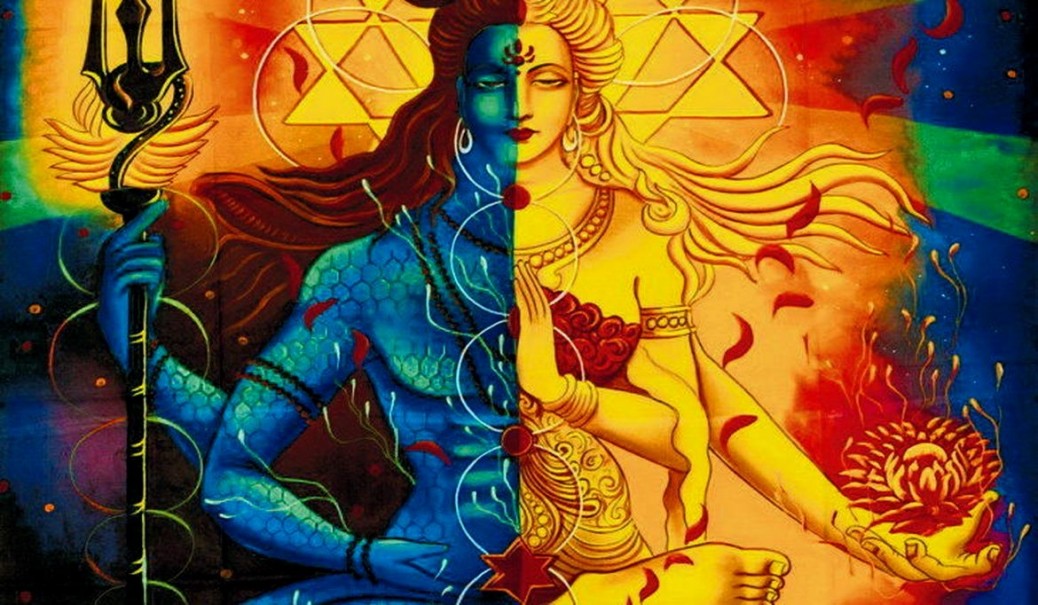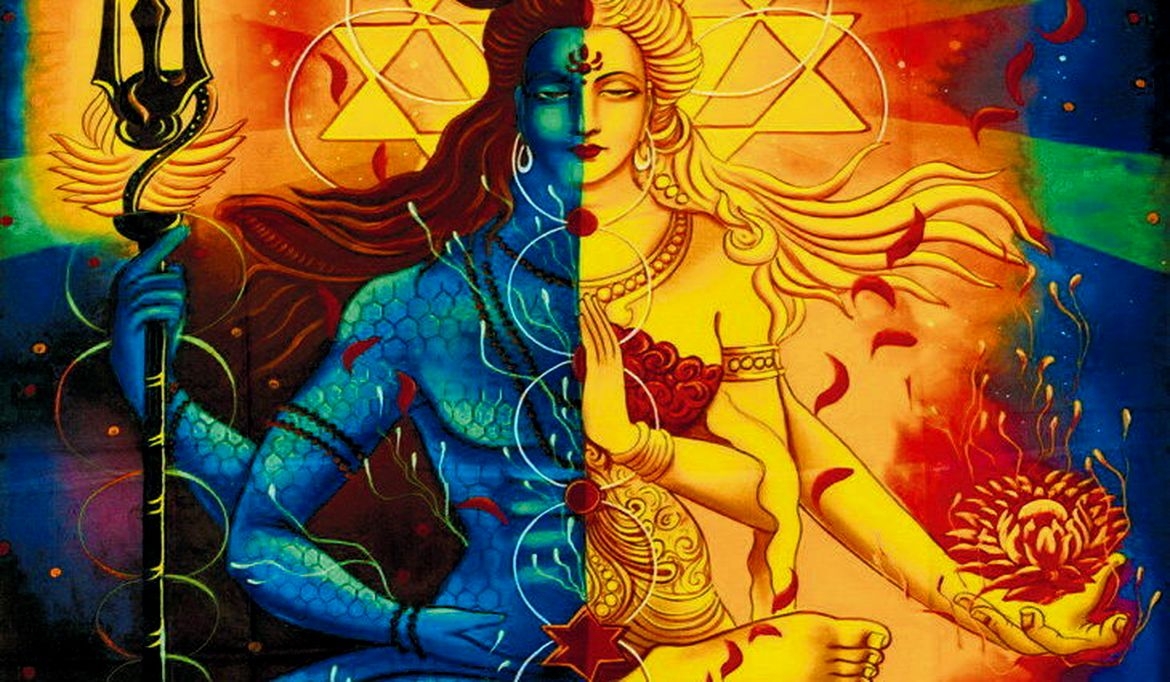VBT – Meditation 15.5
The Occult Science Of The Third Eye
In the life of Lao Tzu. He was sitting under a tree during autumn and the dry leaves of the tree were falling. Watching them, Lao Tzu became enlightened. There is no relationship between enlightenment and leaves falling, but such things happen when because of work done in past lives your spiritual journey is almost completed and the third-eye spot has moved down so that it is between your two eyes. Then any small happening will tip the scales, and that final small happening can be anything.
If the sandal paste mark or tilak is put just at the right spot, it indicates several things. Firstly, if your master has told you to put a tilak on a particular spot, you will begin to experience something there. You may not have thought about this, but if you sit with closed eyes and someone puts his finger on the spot between your two eyes, you will have the feeling that someone is pointing his finger at you. This is the experience of the third eye.
If the tilak is the same size as your third eye and it is put at just the right spot, you will remember that spot for twenty-four hours and forget the rest of the body. This remembering will make you more aware of the tilak and less of your body. Then a moment comes when nothing else is remembered about the body except that tilak. When that happens you will be able to open your third eye. In this practice connected with the tilak, in which you forget the body and just remember the tilak, your whole consciousness crystallizes and becomes focused on the third eye. It is just like focusing the rays of the sun on a piece of paper with the help of a lens; you create enough heat to burn the paper. When those sun rays are concentrated, fire is produced. When consciousness remains spread all over the whole body, it is just doing the work of carrying on your life. But when it becomes totally focused on the third eye, the barrier to seeing with the third eye is burnt, and the door which allows you to see the inner sky is opened.
The master may have thousands of disciples: while the disciple bows down to him, the master observes where his tilak is and does not need to ask anything about his progress. The tilak indicates whether the disciple is making progress or whether he is obstructed by something and has become stuck. If the disciple can’t feel the downward movement of the spot, it means that his consciousness is not being totally focused. If the disciple has put the tilak on the wrong place, it means he is not conscious of the exact point.
As the spot goes on moving downwards, the methods of meditation will have to be changed. So for the master, the tilak functions just like a patient’s progress chart in a hospital does for a doctor. The nurse goes on recording the temperature, blood pressure, pulse and so on; the doctor just has to see the chart to know the patient’s condition. Similarly, the tilak was a great experiment to indicate the condition of the disciple; the master had no need to ask anything. The master knew what help was needed or what needed to be changed. This was the value of the tilak – judging the changes needed in meditation.
Another aspect of the third eye is that it is the center of willpower. In Yoga it is called the agya chakra. We call it that because whatsoever discipline we have in our life is governed by it; whatever order and harmony there is in our life arises from this point.
Tags: The Occult Science The Third Eye





